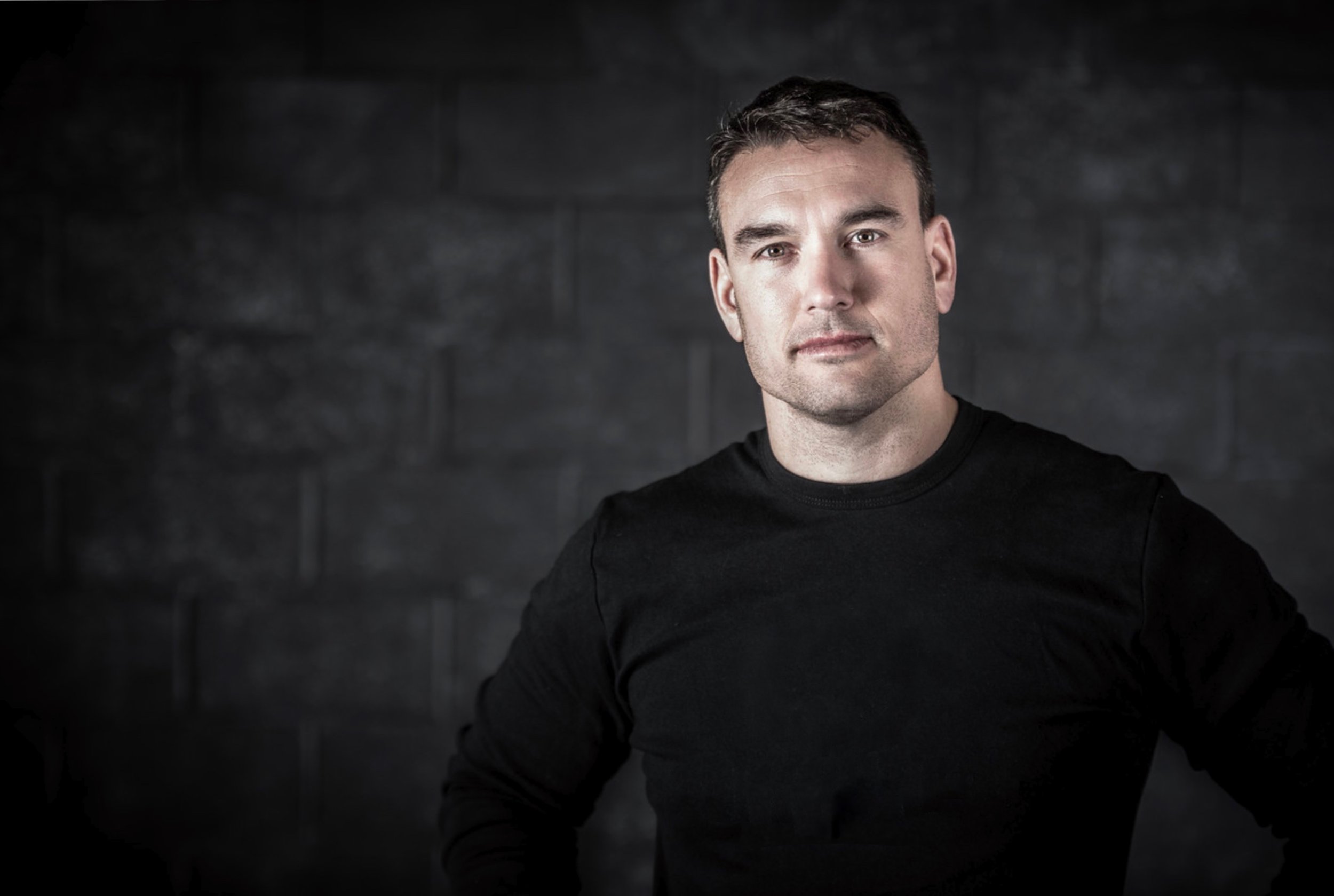“My purpose is to re-instill passion and romance into our connection with movement and play, to make movement and ability our primary aim, over appearance and ego, and to let joy, pleasure and excitement be our main motivations and inspirations.”
My work and this site is undergoing a bit of a rebrand. After spending 22 years in the fitness and performance fields I simply need to branch out. To curate, to teach and to share content, clarity and coaching on topics that I honestly consider much more important than exercise, sets and reps. The art of expressing the human body, the craft of teaching human movement and the profound effect that a physical practice can have on our creativity and quality of life will take center stage.
Perhaps my new direction began as an unconscious reaction to the surge of a more surface kind of physicality and creativity that I started to notice and live within.
A rebellion of sorts against the rushed demands that were creeping into my own physical practice. Once I became consciously aware of the tolls these shallows could take, I longed to enter into a deeper conversation and exploration about the wellspring of physicality and creativity. I began to identify in my own physical practice (as well as those of my students), certain eternal elements to access and enthuse. These elements will serve as our foundation to building a creative physical practice and enjoy it forever.
These 4 elements are:
Deep Play
Deep Practice
Deep Nature
Deep Rest.
I hope you’ll join me on this journey, in this new direction. And as your guide, I’m excited to start sharing. Thanks for being here with me.


